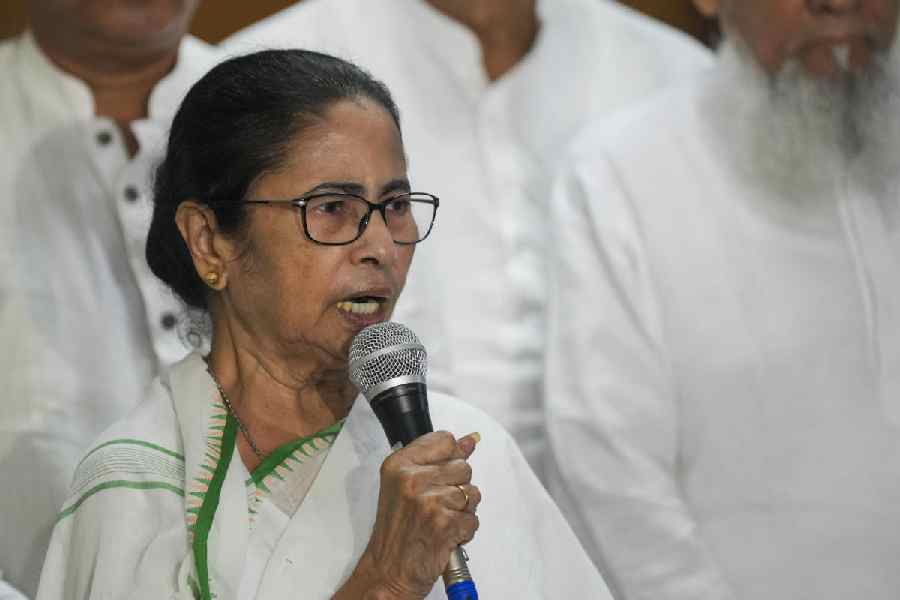A working paper on the relative economic performance of Indian states between 1960-61 and 2023-24 has reaffirmed a fact that the Mamata Banerjee government must take note of. Authored by Sanjeev Sanyal, member of the Economic Advisory Council to the Prime Minister, the paper has contended that while maritime states have outperformed other states, West Bengal, despite having a significant head start at the beginning of the study period, has been an exception. The first metric considered was Bengal’s share in India’s gross domestic product, calculated by dividing the gross state domestic product of Bengal by the sum of GSDP of all states. The states’ relative per capita incomes were also examined. If a state’s per capita income was the same as that of the country, it had 100% per capita income relative to the national average. The time series data on these two metrics thrown up by the study revealed that Bengal experienced a continuous decline in its relative economic performance over several decades. Although Bengal’s share was 10.5% to the national GDP in 1960-61, which made it the third-largest contributor, it dwindled to 5.6% by 2023-24, much below other states like Maharashtra, Gujarat, Tamil Nadu, Karnataka and Madhya Pradesh. The slide in terms of per capita income has been equally stark: from a relative income of 127.5% in 1960-61, it plummeted to 83.7% in 2023-24, falling below that of even traditionally laggard states like Rajasthan and Odisha.
These numbers drill holes into the claims that Amit Mitra — he steered Bengal’s economy for a decade and is now a chief adviser to Ms Banerjee — has been making about Bengal’s stellar show under the Trinamool Congress regime. They also highlight that Bengal has a lot to learn from the southern states, which outperformed others after the economic liberalisation of 1991, and collectively accounted for 30% of India’s GDP. The working paper did not delve deep to analyse the reasons behind Bengal’s fall from a position of pre-eminence. It did not offer any solutions for laggards like Punjab, another state characterised by a steady decline over years, either. The attempt was probably to hold a mirror to policy-makers in the states, especially those at the bottom, to prod them to ponder what went wrong and how a new beginning can be planned. The working paper reconfirmed another known fact; that states like Maharashtra and Gujarat have consistently been the powerhouse of the Indian economy.











